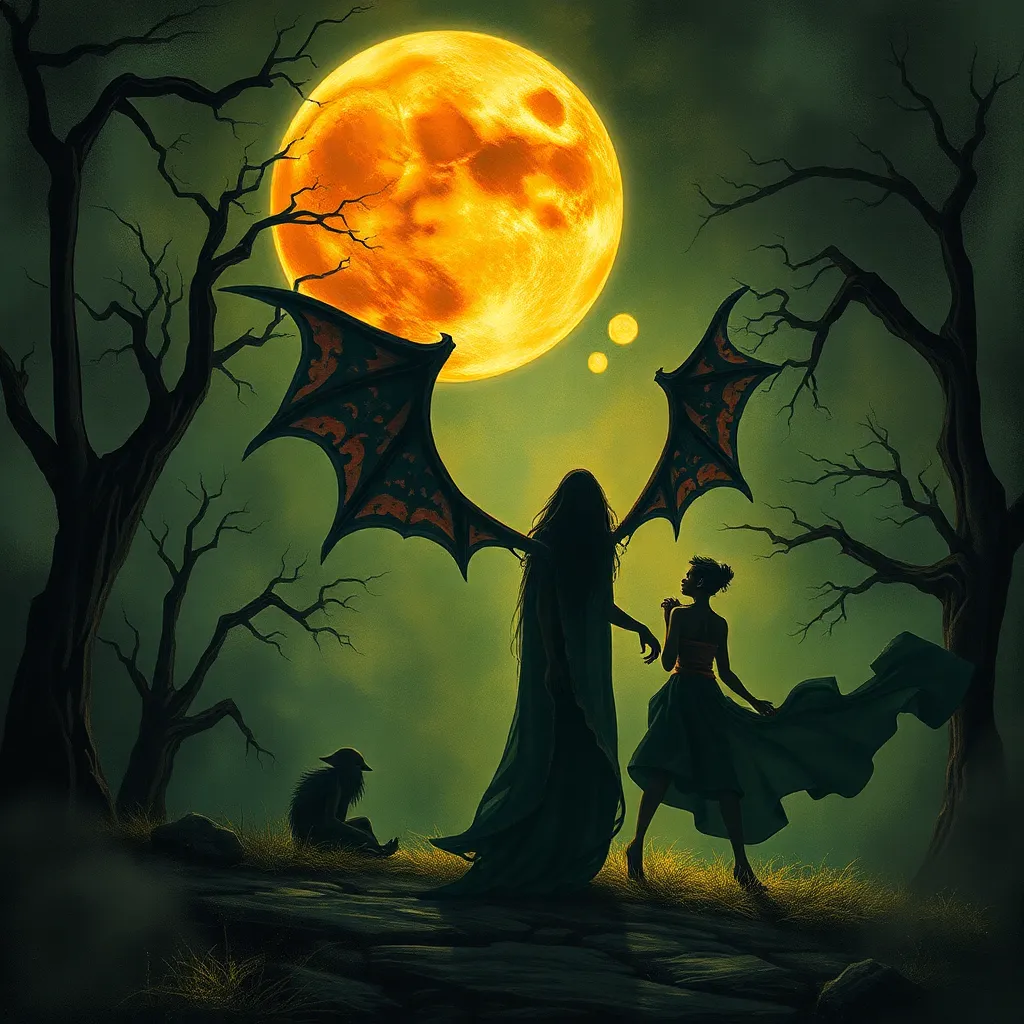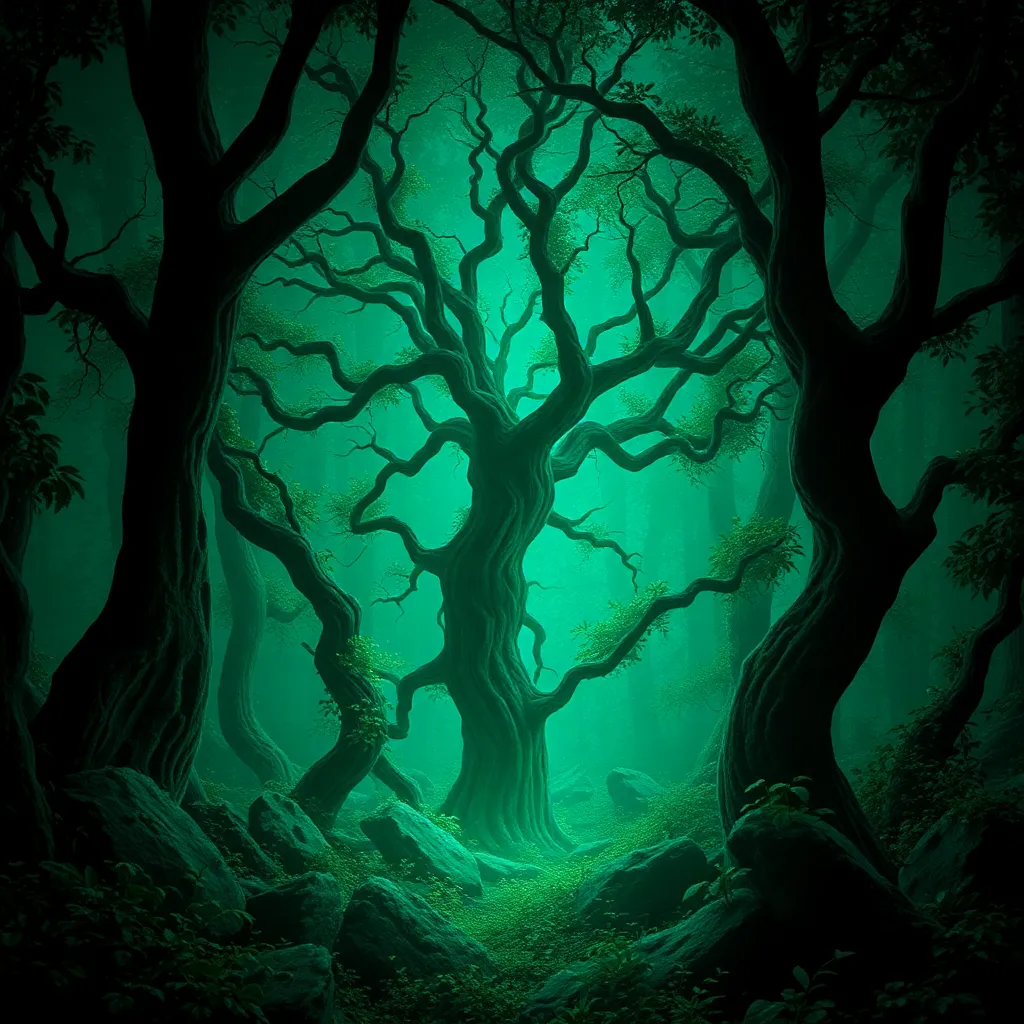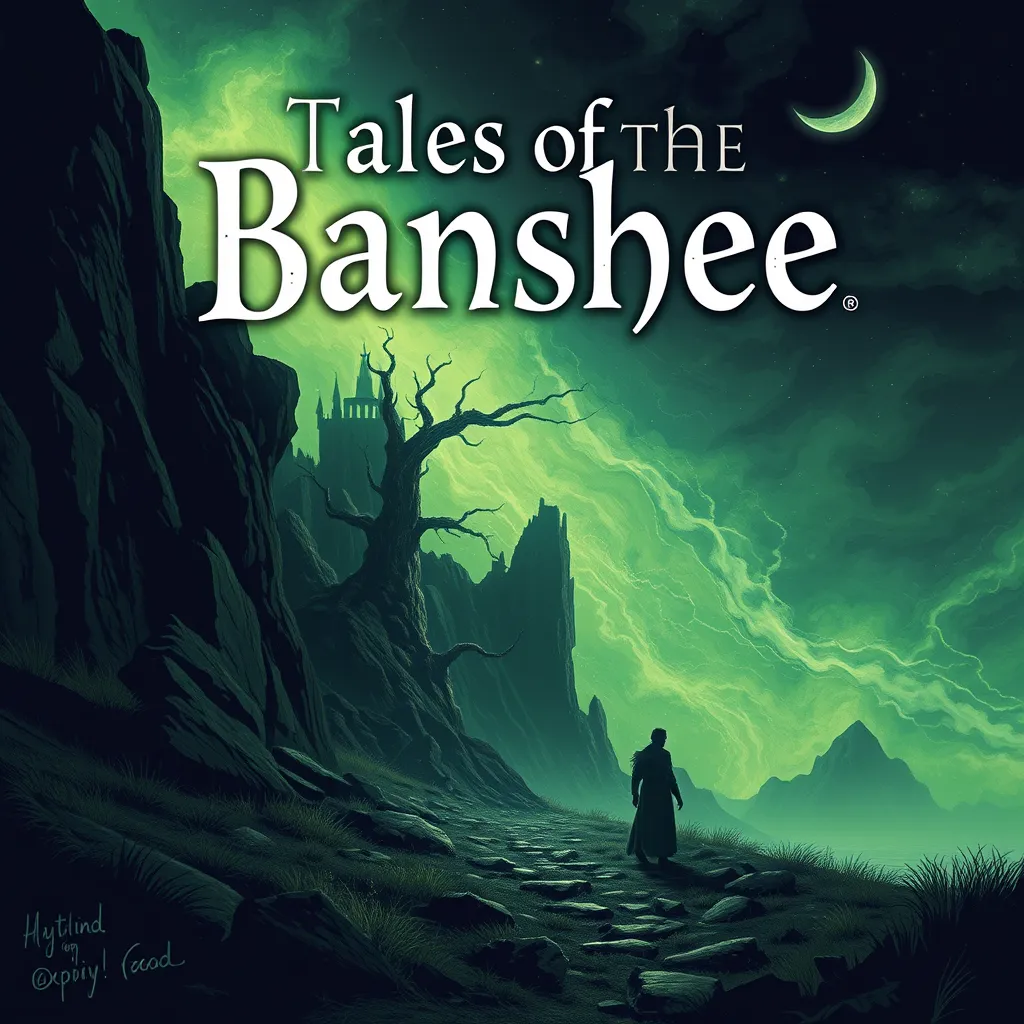Vampire Myths of Africa: From Asanbosam to the Night Witch
I. Introduction
Vampire folklore is a fascinating aspect of African cultural heritage, deeply rooted in the continent’s diverse traditions and histories. Unlike the Western portrayal of vampires as glamorous or romantic figures, African vampire myths often serve as cautionary tales, reflecting societal fears, moral lessons, and the mysteries of the supernatural. Understanding these myths is crucial for appreciating the rich tapestry of African folklore and the cultural significance embedded within these narratives.
II. The Historical Context of Vampire Myths in Africa
The origins of vampire legends in Africa can be traced back to the continent’s ancient societies, where spiritual beliefs and ancestral worship played a vital role in everyday life. Many vampire myths emerged as explanations for unexplained phenomena, such as sudden illness or death, which were often attributed to malevolent spirits or supernatural beings.
The influence of colonization and globalization has also impacted these myths, as traditional stories were often altered or suppressed by foreign powers. However, many communities have maintained their beliefs, adapting them to modern contexts while preserving their core elements. This evolution showcases the resilience of African cultures in the face of external pressures.
III. Asanbosam: The Bloodsucker of West Africa
One of the most notable vampire figures in African folklore is the Asanbosam, predominantly known in the Akan cultures of Ghana and Ivory Coast. This creature is depicted as a fearsome being with iron teeth and hooks for feet, who lurks in trees waiting for unsuspecting victims. When prey comes too close, the Asanbosam swoops down to attack, dragging them upward to feast on their blood.
Regional variations of the Asanbosam exist, with some stories depicting it as a more human-like figure, while others emphasize its monstrous traits. The Asanbosam is often associated with the dense forests of West Africa, symbolizing the dangers that lie within the wilderness.
- Characteristics of Asanbosam:
- Iron teeth and sharp hooks
- Hides in trees
- Known for its cunning and strength
In the communities that tell its tale, the Asanbosam serves as a cultural touchstone, embodying fears of the unknown and the consequences of straying too far from safety. The stories surrounding the Asanbosam also emphasize the importance of community vigilance against external threats.
IV. The Night Witch: A Fearsome Figure
Another prominent figure in African vampire mythology is the Night Witch, often depicted as a female spirit or witch who preys on unsuspecting individuals during the night. The Night Witch is believed to have the ability to detach her spirit from her body, flying through the night to cause harm or steal the life force of her victims.
The narratives surrounding the Night Witch vary significantly across cultures, with some portraying her as a malevolent being and others as a misunderstood figure. Gender plays a crucial role in these stories, reflecting societal views on femininity, power, and the fears associated with female autonomy in many African societies.
Unlike other vampire figures, the Night Witch often embodies the complexities of womanhood and the duality of nurturing and predatory instincts. This distinction highlights the cultural nuances in the portrayal of supernatural beings within African folklore.
V. Other Notable Vampire Figures in African Mythology
In addition to the Asanbosam and the Night Witch, several other vampire-like entities populate African mythology, each with unique characteristics and stories:
- Impundulu: A lightning bird from Southern African folklore, known to be a servant of witches, it has the ability to suck blood and is often associated with misfortune.
- Nandi Bear: Though not a vampire in the traditional sense, this creature is said to attack and consume humans, embodying the fear of predatory beasts in African cultures.
- Adze: A vampire-like creature from Ewe folklore in Ghana, it can take the form of a firefly and is known to suck the blood of children.
Each of these entities reflects the cultural fears and moral lessons pertinent to the societies that tell their stories, showcasing the diversity of African folklore.
VI. The Symbolism Behind Vampire Myths
Vampire myths in African folklore often symbolize deeper societal fears and issues. They may represent:
- Fear of Death: Many vampire stories are cautionary tales addressing the fear of death and the unknown.
- Colonial Oppression: Some myths can be interpreted as metaphors for colonial experiences, where vampires symbolize the oppressors that drain the life and resources from the people.
- Moral Lessons: These myths often convey moral lessons about community, vigilance, and the consequences of straying from cultural norms.
Through these narratives, communities can discuss and navigate complex social issues, using the allegorical nature of vampires to reflect on real-life fears and challenges.
VII. Modern Interpretations and Adaptations
In contemporary African literature and media, vampire myths have seen a resurgence, often being reinterpreted through modern lenses. Authors and filmmakers are fusing traditional folklore with contemporary narratives, creating a rich tapestry of stories that resonate with today’s audiences.
Examples of modern adaptations include novels that explore the psychological aspects of vampire legends or films that intertwine horror with themes of social justice. These adaptations not only preserve the folklore but also breathe new life into the narratives, ensuring they remain relevant in a rapidly changing world.
VIII. Conclusion
The significance of vampire myths in African culture cannot be overstated. They serve as vessels of cultural preservation, embodying the fears, hopes, and moral lessons of the communities that tell their stories. In today’s society, these myths continue to hold relevance, offering insights into the complexities of human existence and the universal themes of fear, power, and morality.
As we explore these narratives, we gain a deeper understanding of the cultural heritage of Africa and the enduring power of storytelling in shaping societal values and beliefs.



